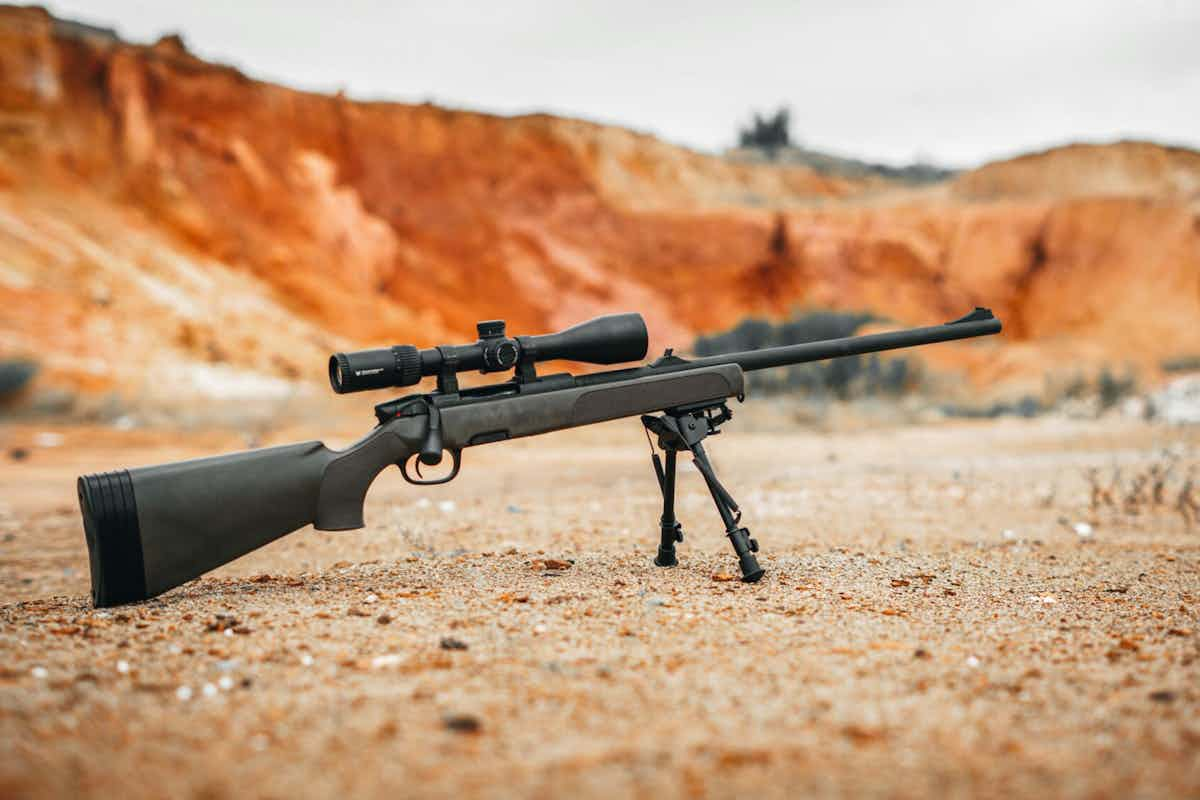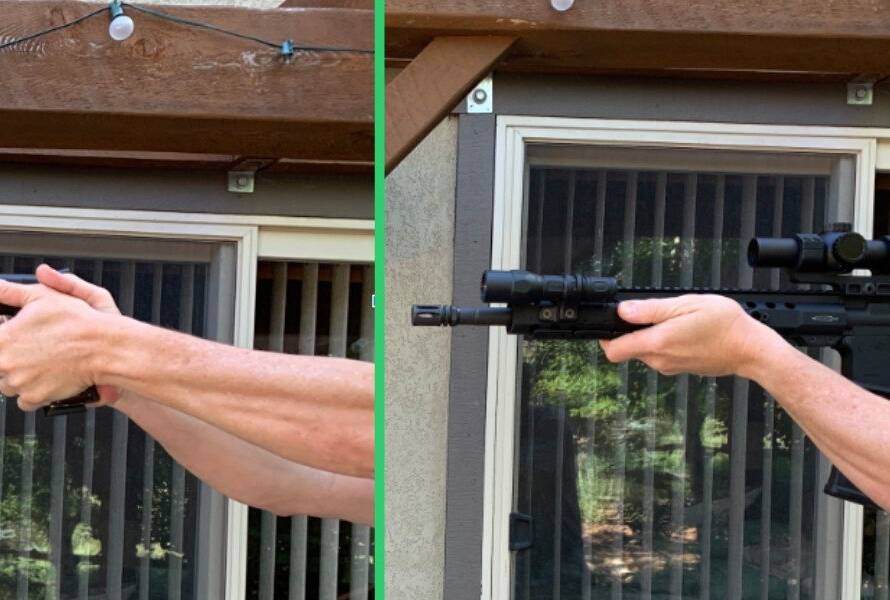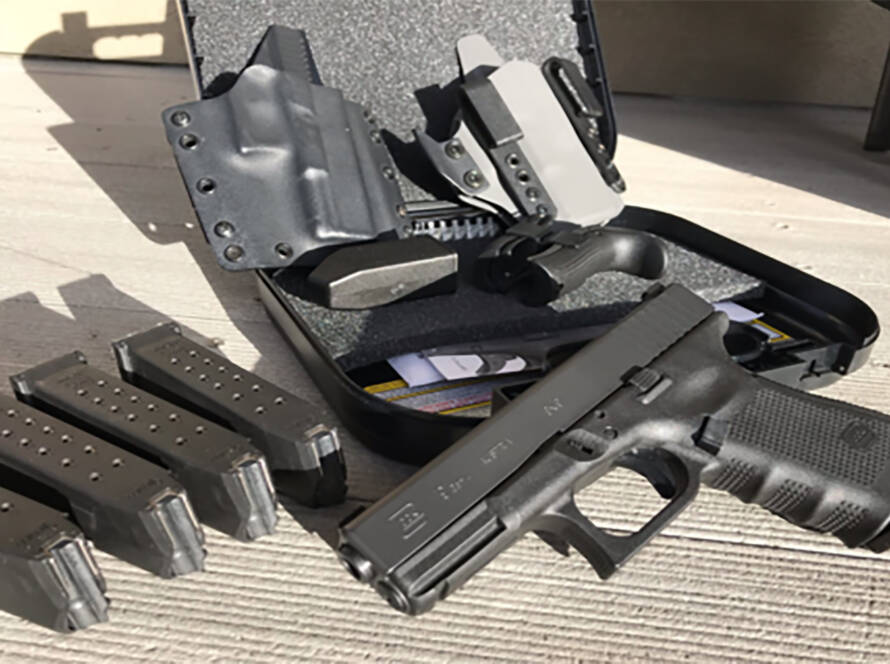According to Fact.MR, the rifle scope market, is expected to have an overall value of more than $8 billion in the next decade. So you might be wondering, “How can I sell my scope?”
Selling a scope can be challenging, especially if you’re unsure where to start or how to get the best price. Today we’re taking a closer look into how to sell your scope efficiently and maximize its value.
Scope Selling Tips: Understanding Your Scope’s Value
When selling your scope, it’s essential to know its value before setting a price. This knowledge helps you avoid undervaluing it or setting a price too high. There are three primary aspects to consider when understanding your scope’s value:
- Identifying Key Features Researching Market Value
- Researching Market Value Identifying Key Features
- Evaluating Condition
- Researching Market Value
First, what is this scope selling for, new? Research the current market value. Look at similar scopes for sale on various platforms to get a sense of what others are asking.
It can include both online marketplaces and specialized forums where enthusiasts trade and discuss optics. By comparing your scope to those already listed, you can better gauge a fair price.
If your scope is discontinued and no longer available, how is a buyer supposed to ascertain a fair value? If your scope is entry-level, is anyone looking for a used version? Would people rather buy new ones? After all, that’s this entry-level scope’s target buyer, not the used market.
Identifying Key Features
To begin, identify the key features of your scope. It includes the brand, model, exact model number, and any unique characteristics that might make it more desirable.
Features like magnification range, lens quality, and any specialized adjustments or reticles can affect its value. Knowing these details will allow you to accurately describe the scope when listing it for sale.
Evaluating Condition
Finally, evaluate the condition of your scope. A well-maintained, like-new scope will fetch a higher price than one with visible wear and tear.
Consider how the condition of the glass, body, and mechanical parts might influence a buyer’s interest. Be honest about any flaws, as transparency can build trust with potential buyers.
Importantly, do you have the original box, manual, and all accessories? If you were considering buying a used optic, wouldn’t you like to have those things? Understanding the condition also helps in pricing your scope appropriately, ensuring you attract serious offers while still getting the most value.
Preparing Your Scope for Sale
Preparing your scope for sale is an essential step in ensuring you get the best price. A well-maintained scope not only looks more appealing to buyers but also gives them confidence that they’re purchasing a quality item.
To begin, thoroughly clean your scope. Dust, fingerprints, and smudges on the lenses can give the impression that the scope hasn’t been well cared for. Use a microfiber cloth and lens cleaning solution to gently clean the optics. Do not do anything to scratch the lenses.
Pay attention to any crevices where dirt and debris might have accumulated. Beyond cleaning, it’s important to check the mechanical parts of your scope.
Ensure that any knobs, dials, or adjustable features are functioning smoothly. If you have set the zero stop, a buyer will appreciate if you set it back to factory settings. Buyers will also appreciate knowing that everything works as it should.
If there are any minor issues, consider having them fixed before listing the scope. A fully operational scope will always command a higher price than one with functional problems. In fact, you will have an extremely hard time selling a scope with problems.
Accessories and Documentation
Gathering all the original accessories and documentation is another key aspect of preparation. If you still have the original packaging, user manual, or any included accessories, these can add value to your sale. Arranging the packaging properly will help protect and present the scope for the buyer.
Buyers often prefer to purchase items that come with everything they need, and having the original box and paperwork can make your listing stand out. Even if you don’t have the original packaging, including any relevant accessories like lens covers, cleaning kits, or mounting rings can increase the appeal.
How to Sell a Scope: The Right Platform
The platform you choose can influence how quickly your scope sells and the price you can get for it. There are three main types of platforms to consider:
- Online Marketplaces
- Specialized Optics Forums
- Local Selling Options
Online Marketplaces
Online marketplaces are often the go-to option for selling a wide range of items, including scopes. Platforms like eBay and GunBroker offer access to a large audience, which increases the chances of finding a buyer.
On these sites, you can list your scope with detailed descriptions and photos, allowing potential buyers to see exactly what they’re purchasing. The competitive nature of online marketplaces can also drive up the price, especially if there’s high demand for your particular scope. But these platforms usually charge fees, so it’s important to factor that into your pricing strategy.
Additionally, there are a ton of scammers looking to take advantage of a novice seller.
Specialized Optics Forums
If you want to reach an audience that is specifically interested in optics, specialized forums are a great option. Websites dedicated to hunting, shooting, and optics enthusiasts often have classified sections where members can buy and sell gear.
Forums allow you to target buyers who are more knowledgeable and passionate about scopes, which can make the selling process smoother. Since the members of these communities are often very particular about what they’re looking for, your scope may sell faster if it meets their specific needs.
And, of course, the ideal place to sell your scope is with a reputable site like RKB Armory, where you can get a great price and an easy transaction.
Local Selling Options
For those who prefer to sell locally, there are several options to consider. You can list your scope on local classified sites like Craigslist, or you can approach local gun shops or pawn shops.
Selling locally has the advantage of avoiding shipping costs and fees, and you can often complete the transaction in person, which can be safer and quicker. But the local market might be limited, which could mean a longer wait to find a buyer or a lower price.
Setting the Right Price
Determining the right price for your scope is key to attracting buyers while ensuring you get what it’s worth. Pricing too high can deter potential buyers, while pricing too low might leave you feeling shortchanged.
The goal is to strike a balance where you offer a fair price that reflects the scope’s value and condition.
Start by researching similar scopes that are currently for sale. Look at both online listings and recent sales to see what others are asking and what buyers are willing to pay. If you ask the same price as everyone else, why would a buyer choose your scope rather than one of the others? Pay attention to scopes that match yours in terms of brand, model, and condition. It will give you a realistic idea of the price range you should consider.
Keep in mind that popular or high-demand models might command a higher price, while older or less sought-after scopes might require a more competitive price to sell quickly.
Once you have a sense of the market, consider the condition of your scope. A scope in excellent condition with little to no signs of wear can be priced at the higher end of the range.
On the other hand, if your scope has noticeable wear or minor issues, you may need to adjust the price accordingly. Be honest in your listing about the condition, as transparency builds trust with potential buyers and can prevent misunderstandings later.
Finally, be prepared to negotiate. Many buyers will try to haggle, so it’s wise to set your initial price slightly higher than your bottom line.
Remember that the price you set isn’t fixed. You can always adjust it based on buyer interest or feedback. The key is to remain flexible and realistic while keeping your goal in mind: getting the best price for scope.
What to Do After the Sale
After successfully selling your scope, there are a few important steps to take to ensure the transaction is complete and both parties are satisfied. First, confirm that the buyer has received the scope in the expected condition.
It can be done through a simple follow-up message. Checking in with the buyer helps to address any concerns they might have and shows that you care about their satisfaction. It can lead to positive feedback, which is valuable if you plan to sell more items in the future.
Records
Next, it’s a good idea to keep records of the transaction. Save any communication you had with the buyer, as well as the details of the sale, including payment and shipping information.
Having these records can be helpful in case any issues arise later, such as disputes or claims. It also allows you to track your sales and monitor your progress if you’re selling multiple items.
Feedback
Finally, consider leaving feedback for the buyer if the platform you used allows it. Positive feedback helps build a trustworthy reputation within the community and encourages future transactions.
It’s a simple way to show appreciation for a smooth transaction and can often prompt the buyer to leave feedback in return. Taking these post-sale steps ensures that the entire process ends on a positive note, laying the groundwork for successful future sales.
Sell My Scope
So if you’re asking yourself, “How can I sell my scope?” now you know some great solutions! Selling your scope can be straightforward and rewarding if you follow these steps. Be aware that selling a scope on your own takes a lot of work.
At RKB Armory, we buy and sell used optics, making the process easy and affordable. We’re run by a lifelong gun enthusiast and Marine Corps veteran.
And we’re committed to making the world of firearm accessories easier for you to navigate.
Get in touch today to find out how to sell us your scopes!





